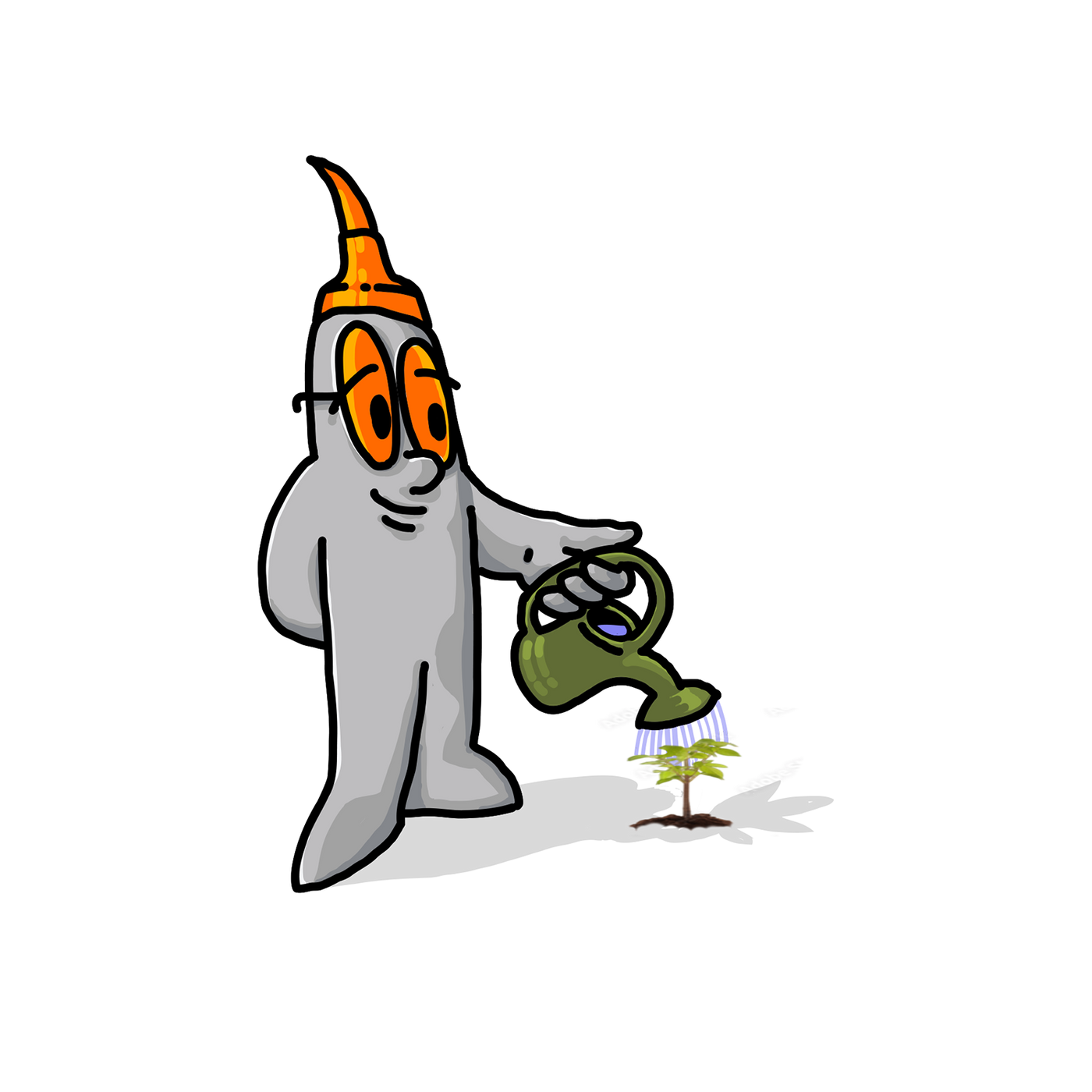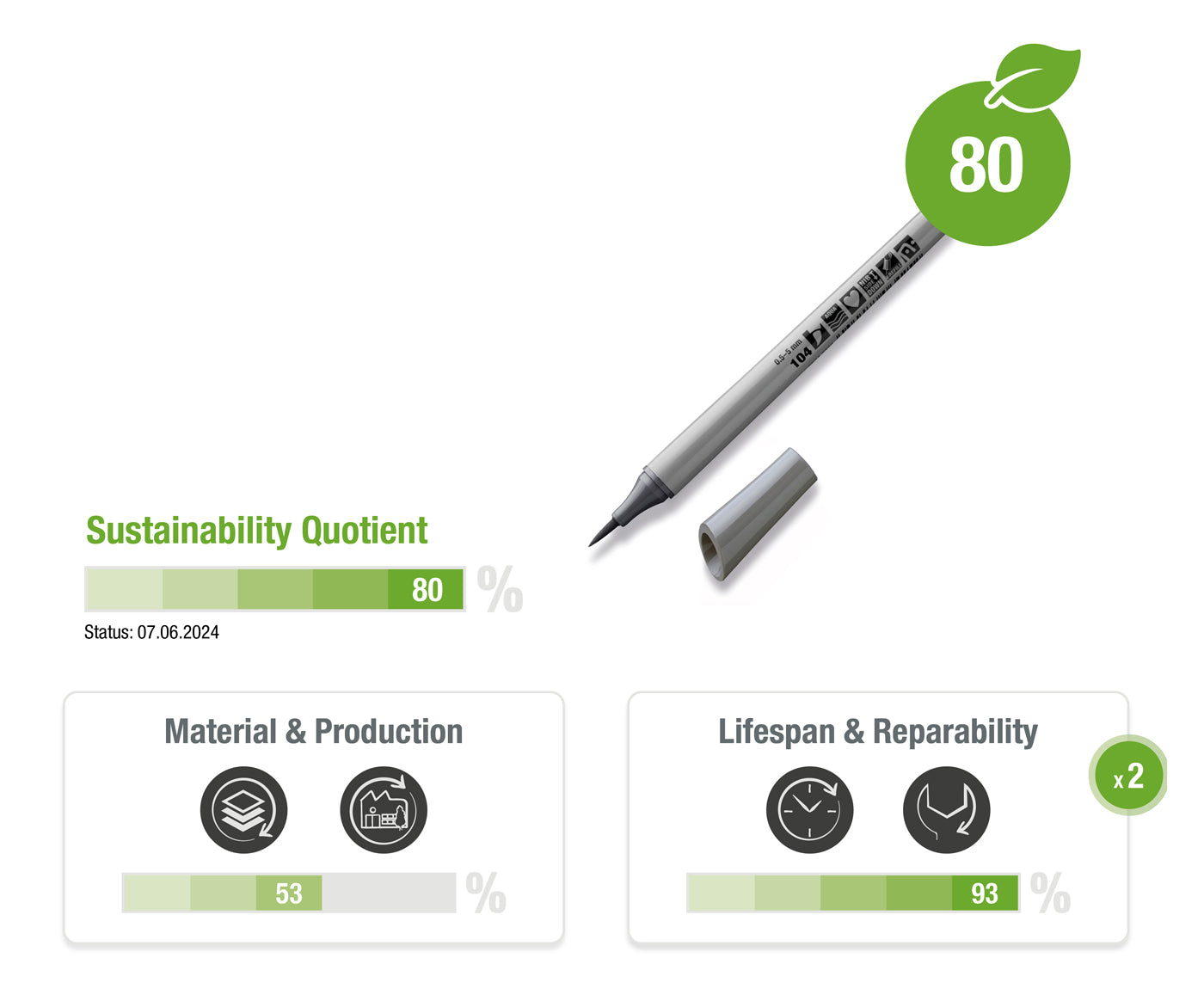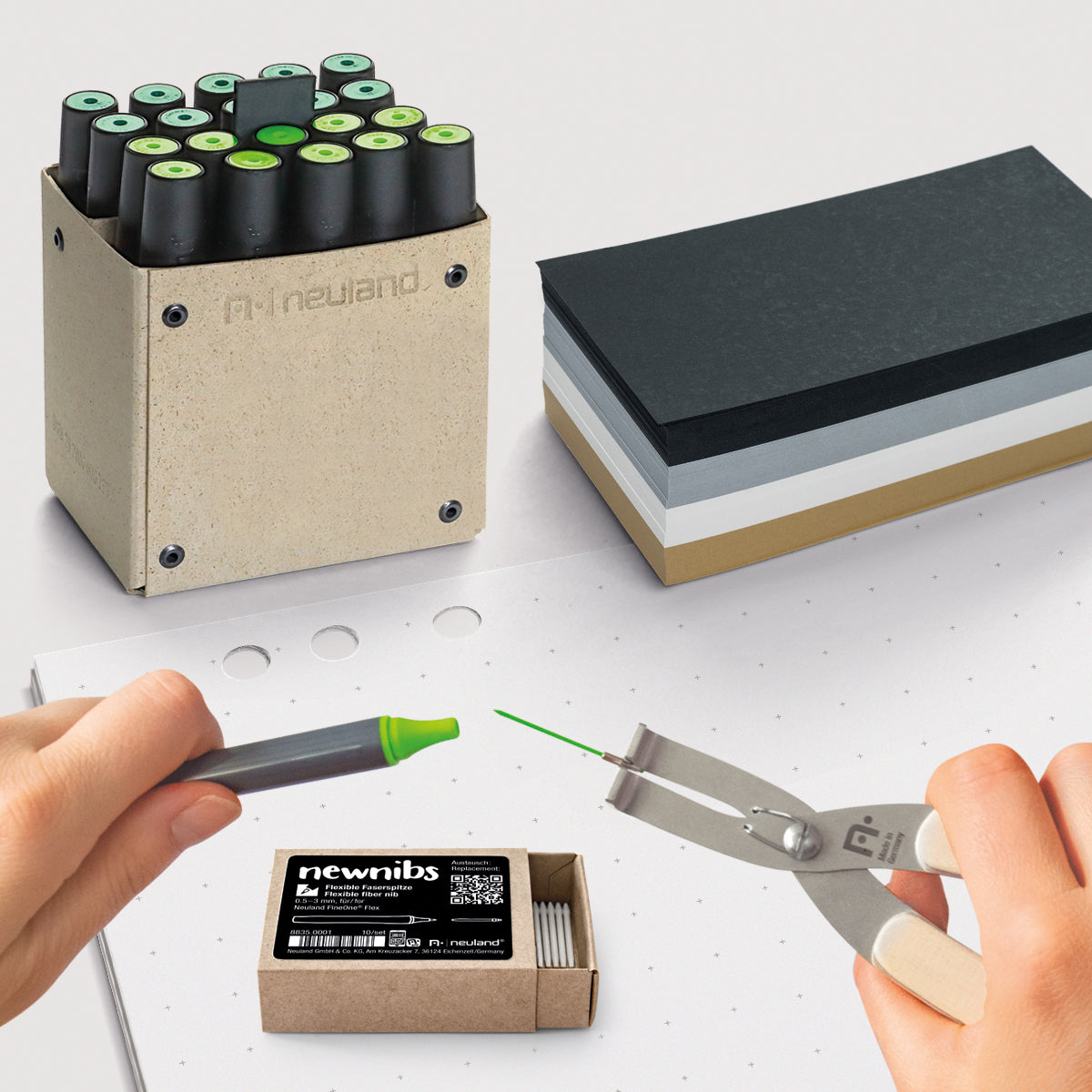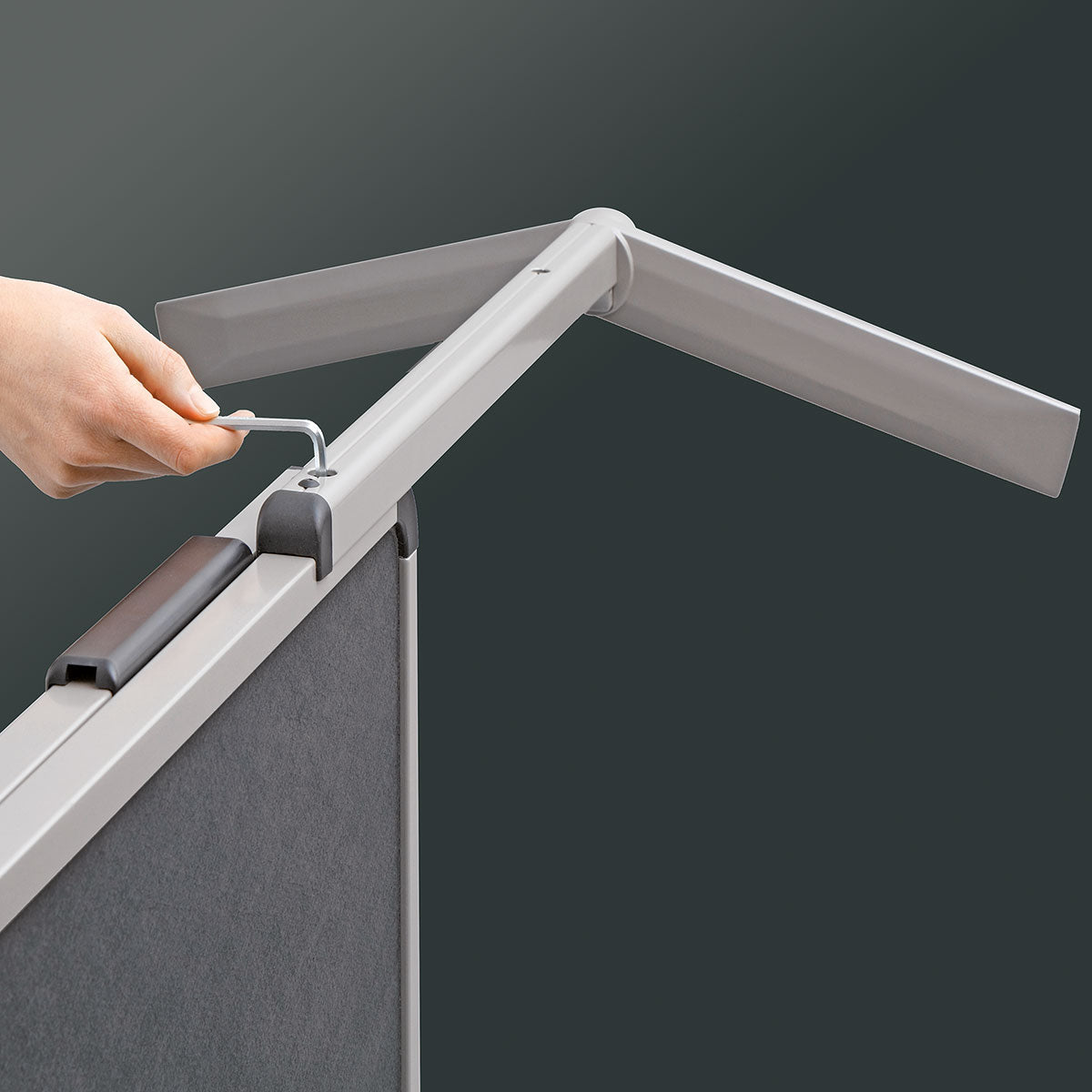
Determining Sustainability: When does it truly become sustainable?
Despite the simplicity of this question, the answer has proven to be complicated as it inevitably gives rise to more questions. Is it truly possible to quantify the sustainability of a product? What specific criteria should be considered? And which among them hold the most significance?
To ascertain the true sustainability of our products we thoroughly examined our products by assessing the materials, their delivery routes and evaluated the service life and reparability, along with scrutinizing the production.
Our goal was not to merely assert sustainability, but to substantiate it in a transparent and easily understandable way.
The measuring criteria
Material
Evaluates the sustainability of raw materials for Neuland products over their life cycle.
Production
Analyzes the environmental and social impact during production.
Lifespan
Assesses the durability and long-term use of the products.
Repair
Measures the ease of repair to reduce waste.

What is the Neuland NQ?
Moving forward our approach will involve utilizing the Neuland NQ for this purpose: The NQ serves as the sustainability measure for Neuland products.
It is derived from the two main phases in the life cycle of every product:
1. Production and 2. Lifespan
To calculate the sustainability quotient, we compare the two components based on their significance: Production is given a straightforward value, while the product lifespan is factored in the final assessment with a weight of 2.

1. Production
In creating a product, we examine the materials, delivery routes and production. Obviously, the sustainability of a product is directly related to its raw materials:
- Will renewable raw materials be used?
- What percentage of the product can be recycled?
- Are certificates such as the Blue Angel available?
- What is the amount of energy needed for the material and production of the product?
- How does the CO2 footprint of the product get influenced by delivery routes and in-house production?
We assess these factors individually using a 5-point system, allowing for a maximum of 30 points. We then compare the actual number of points achieved to determine the percentage, which represents the contribution of the material and production component to the NQ.

2. Lifespan
Nothing beats durability and ease of repair.
Frequently disregarded, yet in our perspective, one of the crucial elements for ensuring the longevity of a product is its service life and reparability. This logical concept that the longer a product remains functional and the simpler it is to fix, the fewer replacement items need to be manufactured and delivered to the consumer.
In addition to that, products that offer long-lasting reliability are undeniably more attractive. It is frustrating to purchase seemingly affordable items that end up being thrown away after a short time or require costly disposal because they could not be repaired. In our society it is not uncommon to have old devices tucked away just adding to eventual waste.
The NQ lifespan module allows for a maximum of 15 points to be attained. Similarly, the actual number of points achieved is compared to this value, enabling us to determine the lifespan module as a percentage.
Comprehensibly sustainable
Here you will find our products clearly arranged according to sustainability quotients.
All products with
sustainability quotients
of 80 to 100 percent
All products with
sustainability quotients
of 60 to 79 percent
All products with
sustainability quotients
of 40 to 59 percent
All products with
sustainability quotients
of 20 to 39 percent
All products with
sustainability quotients
of 0 to 19 percent


